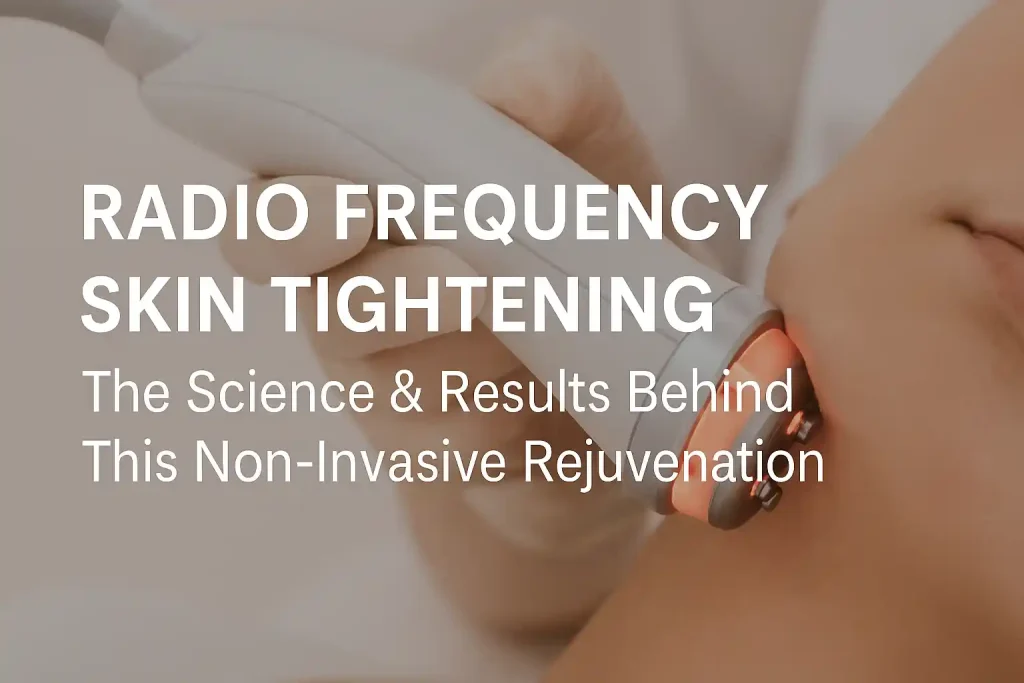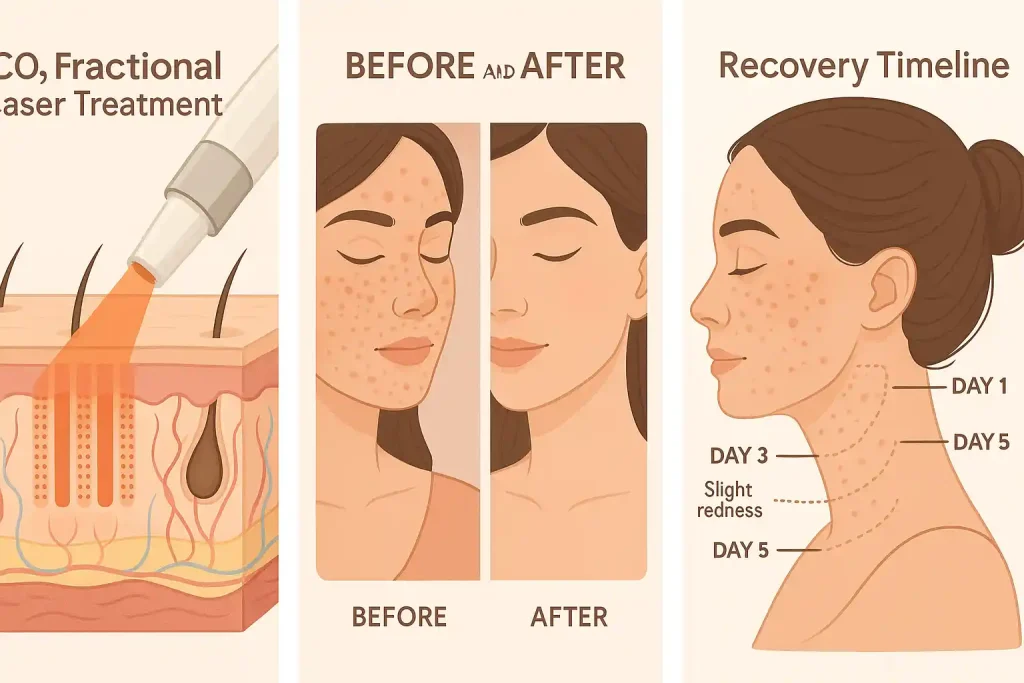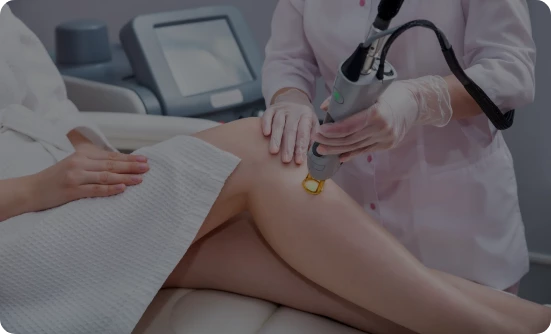Laser Hair Removal Devices: Myths vs. Facts
Laser Hair Removal Devices: Myths vs. Facts – What You Need to Know in 2025
Introduction: Laser Hair Removal – A Permanent Solution?
Laser hair removal has become one of the most popular at-home beauty treatments in recent years. Promising smooth, hair-free skin, these devices seem like a miracle solution, but do they really live up to the hype? With so many misconceptions surrounding their use, it’s essential to separate myths from facts before you invest in one.
In this article, we’ll debunk the most common laser hair removal myths, reveal the truth about their effectiveness, and help you decide if investing in one of these devices is the right choice for you in 2024.
Myth #1: Laser Hair Removal Provides Instant, Permanent Results
✅ Fact: Gradual Hair Reduction with Multiple Sessions
Laser hair removal doesn’t work like waxing or shaving, where you get instant results. It works by targeting the hair follicles with concentrated light energy. While you may notice reduced hair growth after the first few sessions, permanent hair reduction typically takes 6 to 8 sessions.
Why does it take time?
- Hair growth cycles vary, and the laser only works on hair follicles in the active growth phase (the anagen phase).
- Multiple treatments ensure that the laser targets as many follicles as possible at different stages of growth.
Tip: For the best results, be patient and consistent with your treatments.
Myth #2: Laser Hair Removal Works on All Hair Colors and Skin Tones
✅ Fact: Works Best on Dark Hair and Light Skin
Laser hair removal devices work most effectively when there is a high contrast between the skin and hair color. Dark hair on light skin absorbs the laser energy better. However, technology has evolved, and many devices now cater to a wider range of skin tones.
- IPL devices are best suited for light to medium skin tones with dark hair.
- Diode lasers and Nd:YAG lasers are more effective for darker skin tones.
Tip: If you have blonde, gray, or red hair, laser hair removal may not be as effective, as these colors have less melanin to absorb the laser energy.
Myth #3: At-Home Laser Devices Are as Powerful as Professional Treatments
✅ Fact: Professional Lasers Are Stronger, but At-Home Devices Offer Convenience
While professional treatments in a clinic use medical-grade lasers with higher energy levels, at-home devices are designed to be safe for use without professional supervision. At-home devices are less powerful but still effective after several sessions.
| Feature | At-Home Devices | Professional Treatments |
|---|---|---|
| Effectiveness | Gradual reduction after multiple sessions | Quicker, more dramatic results |
| Cost | One-time investment ($150–$500) | $200–$500 per session ($1,000–$3,000 for full treatment) |
| Convenience | Use at home, on your schedule | Requires multiple clinic visits |
| Pain Level | Mild discomfort | More intense, but numbing options available |
Tip: If you prefer faster results and a professional experience, a clinic visit may be ideal. If you want convenience and savings, an at-home device is a great option.
Myth #4: Laser Hair Removal Is Pain-Free
✅ Fact: Mild Discomfort Is Normal
Laser hair removal feels like a rubber band snapping against your skin, and while it’s not excruciating, some areas (like the bikini line or underarms) can be more sensitive. However, most devices allow you to adjust the intensity, so you can find a comfortable setting.
- Areas with thicker hair (e.g., legs) usually hurt less.
- Numbing creams can help reduce discomfort, especially for sensitive areas.
Tip: If you’re concerned about pain, start on the lowest setting and gradually increase it as you get used to the sensation.
Myth #5: Laser Hair Removal Causes Skin Damage or Cancer
✅ Fact: It’s Safe When Used Correctly
Laser hair removal is FDA-approved and has been proven to be safe for use. The laser only affects the hair follicles, and the light energy does not penetrate deeply into the skin, so there is no risk of causing cancer or serious skin damage.
However, improper use or using the wrong settings for your skin type can lead to temporary skin irritation, burns, or hyperpigmentation.
Tip: Always follow device instructions and perform a patch test before treating a large area to ensure compatibility with your skin.
Myth #6: You Can Use Laser Hair Removal on Any Body Part
✅ Fact: Some Areas Require Special Attention
Laser hair removal is safe and effective on most body areas, but some regions require extra care.
🚫 Avoid the following areas:
- Around the eyes – To avoid damage to the eyes, never treat the eyebrow area or eye contours.
- Tattooed skin – The laser can cause burns or fade tattoos.
- Moles and birthmarks – These areas absorb more light and can cause skin damage.
Tip: Use precision mode for smaller areas like the upper lip or chin, and avoid using the laser on dark spots or tattoos.
Myth #7: More Treatments = Faster Results
✅ Fact: Over-Treating Can Damage Skin
It may seem like more frequent sessions would lead to faster results, but laser hair removal works best when spaced out according to the treatment schedule. Over-treating can cause skin irritation or burns.
Optimal schedule:
- Face & underarms – Every 2 weeks
- Legs & arms – Every 3–4 weeks
- Bikini area – Every 4 weeks
Tip: Stick to the recommended schedule for the best results, and allow your skin to heal between treatments.
Frequently Asked Questions (FAQs)
How long does laser hair removal last?
Laser hair removal provides long-term hair reduction, but some regrowth may occur after a few months or years. The hair that regrows tends to be finer and lighter, and maintenance treatments can prolong the results.
Can I use IPL at home if I have dark skin?
If you have dark skin, look for devices with Nd:YAG or diode lasers, as they are better suited for darker skin tones. Always check the device’s skin tone compatibility before use.
What are the side effects of laser hair removal?
The most common side effects include temporary redness, swelling, or mild discomfort. In rare cases, people may experience skin discoloration or blisters. Always follow the instructions and avoid sun exposure after treatment.
How often should I use my laser hair removal device?
For optimal results, use your at-home device according to the recommended schedule:
- 2 weeks for sensitive areas (like the face).
- 3–4 weeks for larger areas (legs and arms).
Conclusion: Is Laser Hair Removal Worth It?
If you’re looking for a long-term solution to unwanted hair, laser hair removal could be the right choice for you. It may take time to see permanent results, but with the right device and a little patience, you can enjoy smooth, hair-free skin with minimal effort.
📌 Ready to get started? Consider your skin tone, hair type, and treatment preferences before selecting a device. Always choose FDA-approved devices and follow safety guidelines.









